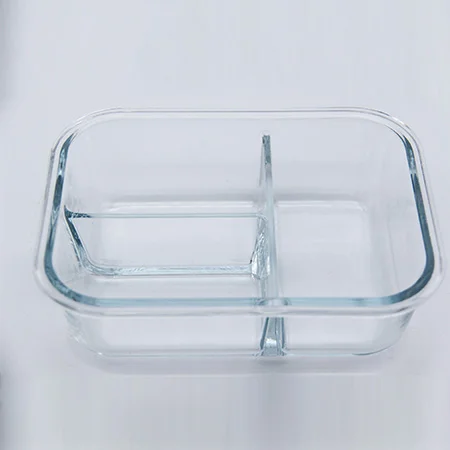In the realm of office equipment, laser printers have carved out a niche for themselves due to their efficiency, speed, and the high-quality output they provide. However, one of the most pressing questions that users often grapple with is: How many times can a laser printer cartridge be refilled? This inquiry is not merely about the number of refills; it delves into the intricacies of cartridge design, the refilling process, and the implications for both cost and print quality.
Understanding Laser Printer Cartridges
Before we explore the refilling potential, it’s essential to understand what a laser printer cartridge is. Unlike inkjet cartridges that use liquid ink, laser printer cartridges utilize a powdered toner. This toner is fused onto the paper using heat, resulting in sharp, clear text and images. The two primary types of laser cartridges are:
- Toner Cartridges: These contain the toner powder and are responsible for transferring the image onto the drum.
- Drum Units: These are separate components that transfer the toner onto the paper. Some printers have a combined cartridge that includes both toner and drum, while others have them as separate units.
The Refilling Process
Refilling a laser printer cartridge involves several steps:
- Disassembly: The cartridge is carefully opened to access the toner compartment.
- Cleaning: Any residual toner is cleaned out to prevent contamination.
- Refilling: New toner is added, ensuring that the correct type and quality are used.
- Reassembly: The cartridge is put back together, often requiring careful sealing to avoid leaks.
- Testing: After refilling, the cartridge should be tested to ensure it functions correctly.
How Many Times Can a Laser Printer Cartridge Be Refilled?
The number of times a laser printer cartridge can be refilled varies significantly based on several factors:
- Cartridge Design: Some cartridges are designed for multiple uses, while others are not. OEM (Original Equipment Manufacturer) cartridges are typically engineered for a single use, while aftermarket cartridges may be designed for refilling.
- Quality of Toner: The quality of the toner used during the refill process can impact the cartridge's lifespan. High-quality toner can lead to better print results and may allow for more refills.
- Refilling Technique: Proper refilling techniques can extend the life of the cartridge. Inexperienced refilling can lead to leaks or damage, reducing the number of successful refills.
- Printer Usage: The frequency and volume of printing can also affect how many times a cartridge can be refilled. Heavy usage may lead to wear and tear, limiting the cartridge's lifespan.
On average, a laser printer cartridge can be refilled 2 to 5 times before it begins to show signs of wear or degradation in print quality. However, some users report being able to refill their cartridges up to 10 times with careful handling and high-quality toner.
Cost-Effectiveness of Refilling
One of the primary motivations for refilling laser printer cartridges is cost savings. New OEM cartridges can be expensive, often costing between $50 to $150, depending on the model. In contrast, refilling a cartridge can cost as little as $10 to $30, making it a financially attractive option for businesses and individuals alike.
However, it’s crucial to weigh the potential savings against the risks. Poor-quality refills can lead to issues such as:
- Print Quality Degradation: Inconsistent toner quality can result in faded prints or streaks.
- Printer Damage: Low-quality toner can cause clogs or damage to the printer's internal components.
- Warranty Issues: Using refilled cartridges may void the warranty on some printers.
Conclusion
In summary, while the question of how many times a laser printer cartridge can be refilled does not have a one-size-fits-all answer, understanding the factors that influence this can help users make informed decisions. By considering the cartridge design, toner quality, refilling techniques, and overall usage, users can maximize the lifespan of their cartridges while enjoying significant cost savings.



